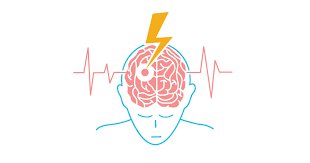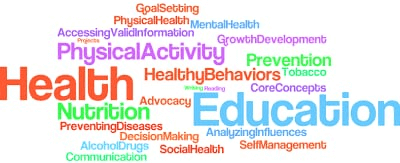Blood pressure is a crucial aspect of our overall health, influencing how efficiently our heart and blood vessels are functioning. It is essential to understand what constitutes normal blood pressure, why it might increase, and how you can take steps to manage it effectively. In this blog, we will explore these questions to help you maintain a healthy blood pressure.

What Is a Normal Blood Pressure?
Blood pressure is measured in millimeters of mercury (mm Hg) and recorded with two numbers: systolic and diastolic. The systolic pressure (the first number) measures the force of blood against artery walls when the heart beats, while the diastolic pressure (the second number) measures this force when the heart is at rest between beats.
According to the American Heart Association, normal blood pressure is typically defined as:
Systolic Pressure: Less than 120 mm Hg Diastolic Pressure: Less than 80 mm Hg
So, a reading of 120/80 mm Hg is considered ideal. Maintaining blood pressure within this range is crucial for reducing the risk of heart disease, stroke, and other health issues.
Why Does Blood Pressure Increase?
Unhealthy Diet: High sodium intake from processed foods and excess consumption of saturated fats can lead to elevated blood pressure. Lack of Physical Activity: Sedentary lifestyles can contribute to weight gain and higher blood pressure. Stress: Chronic stress can lead to temporary increases in blood pressure and, over time, may contribute to sustained hypertension.
Obesity: Excess weight places additional strain on the heart and blood vessels, increasing blood pressure. Genetics: Family history can play a role in predisposing individuals to high blood pressure. Medical Conditions: Certain conditions, such as kidney disease or hormonal disorders, can cause secondary hypertension. Alcohol and Tobacco Use: Excessive alcohol consumption and smoking can both elevate blood pressure levels.
What Blood Pressure Is Too High?
Elevated: Systolic between 120-129 mm Hg and diastolic less than 80 mm Hg. Hypertension Stage 1: Systolic between 130-139 mm Hg or diastolic between 80-89 mm Hg. Hypertension Stage 2: Systolic 140 mm Hg or higher or diastolic 90 mm Hg or higher.
Hypertensive Crisis: Blood pressure readings higher than 180/120 mm Hg are considered a hypertensive crisis and require immediate medical attention.
How to Reduce BP?
Adopt a Heart-Healthy Diet: Incorporate plenty of fruits, vegetables, whole grains, and lean proteins while reducing sodium, processed foods, and sugary beverages. Increase Physical Activity: Aim for at least 150 minutes of moderate aerobic exercise or 75 minutes of vigorous activity per week. Maintain a Healthy Weight: Losing excess weight can have a significant impact on lowering blood pressure.
Reduce Stress: Engage in relaxation techniques such as deep breathing, meditation, or yoga to manage stress effectively. Limit Alcohol and Avoid Smoking: Reducing alcohol intake and quitting smoking can help lower blood pressure and improve overall health. Monitor Blood Pressure: Regularly check your blood pressure to track your progress and detect any changes early. Take Medications as Prescribed: If your healthcare provider prescribes medication to manage your blood pressure, take it as directed and discuss any concerns with them.
Conclusion
Understanding what constitutes normal blood pressure, recognizing the factors that can lead to high readings, and implementing effective strategies to manage and reduce blood pressure are all essential for maintaining cardiovascular health. By staying informed and proactive, you can take control of your blood pressure and support your overall well-being. If you have concerns about your blood pressure or need personalized advice, do not hesitate to consult with a healthcare professional.








* * * Claim Free iPhone 16: https://nhatnambds.com/index.php?bzqi37 * * * hs=959a74039d04e9164cc492a05de8fa57* ххх*
w1eb21